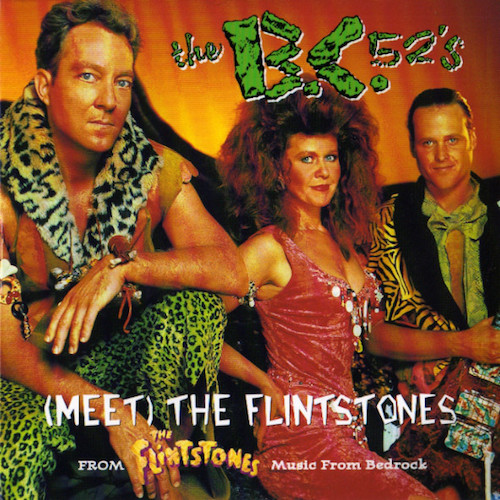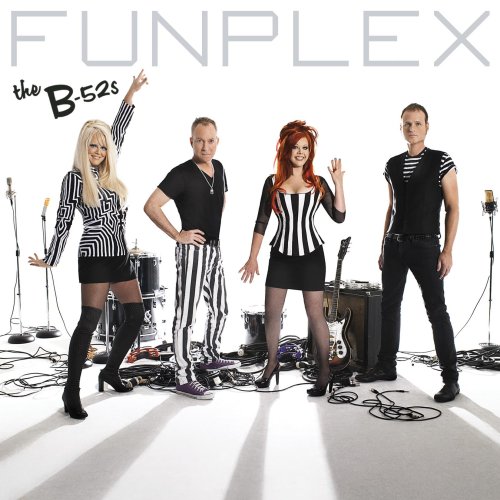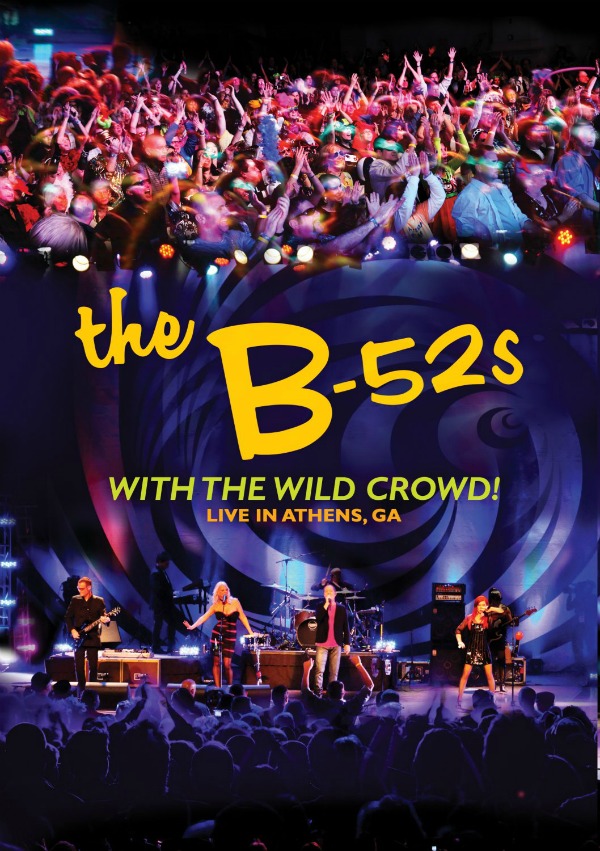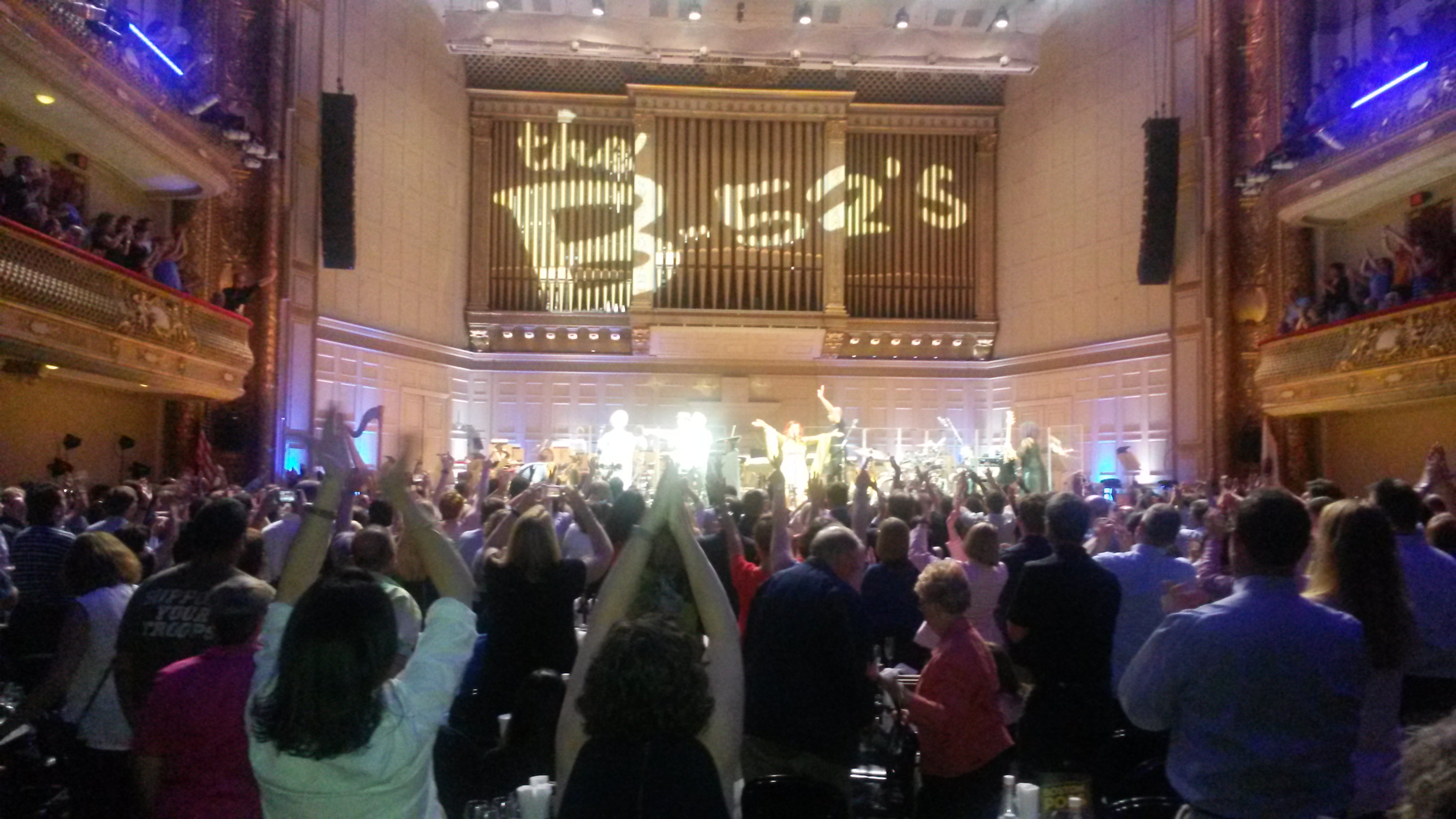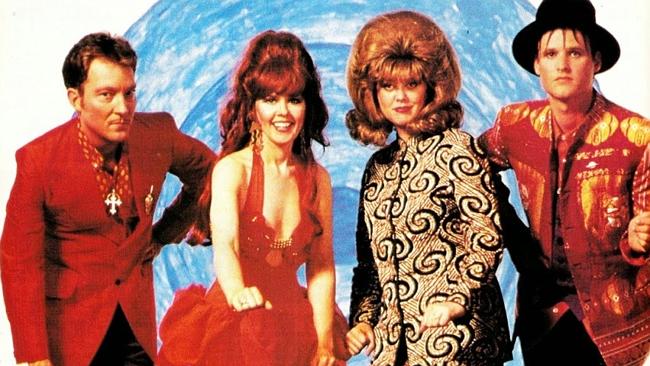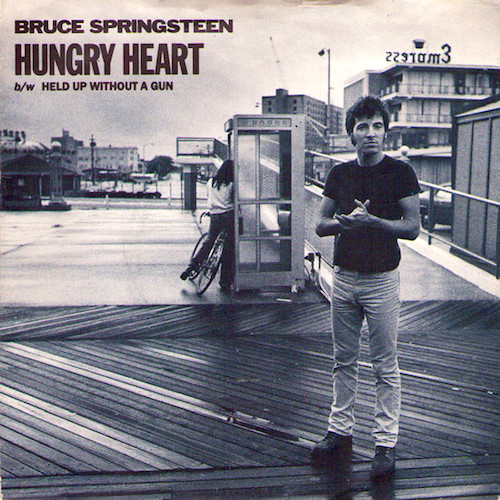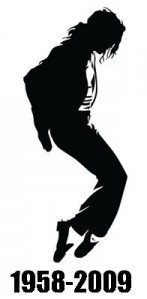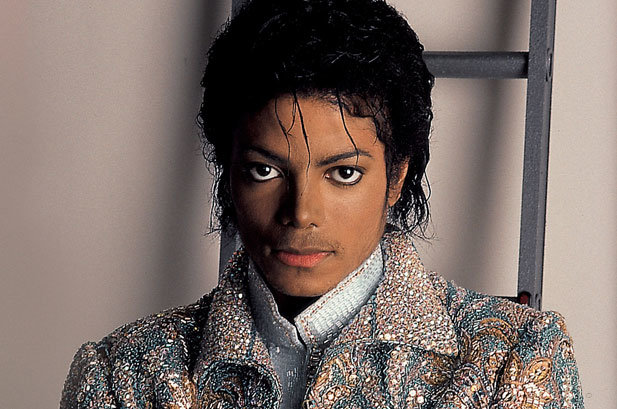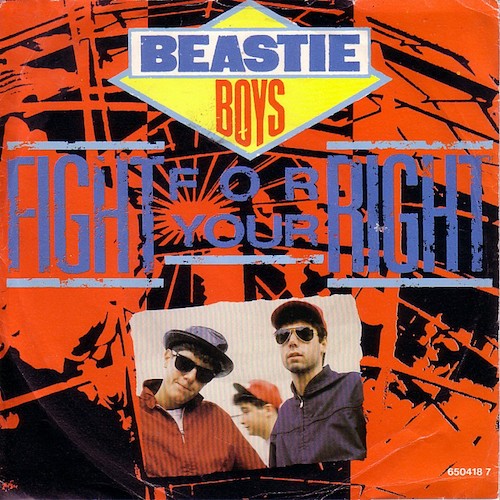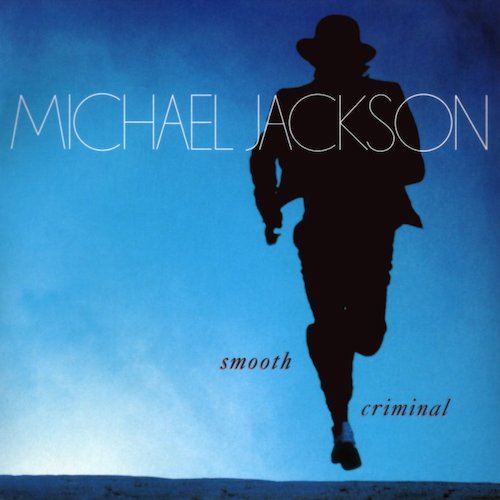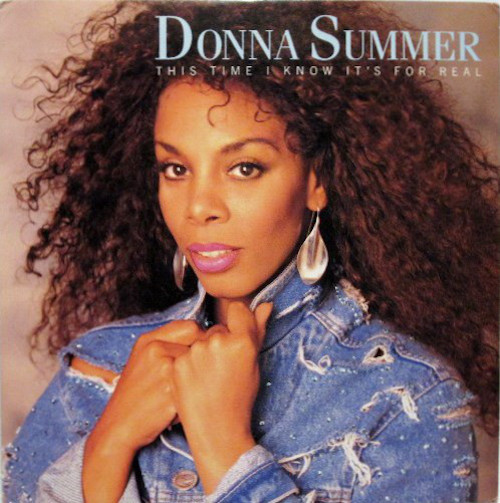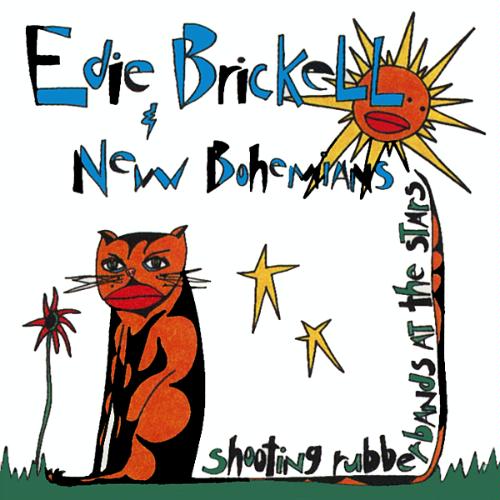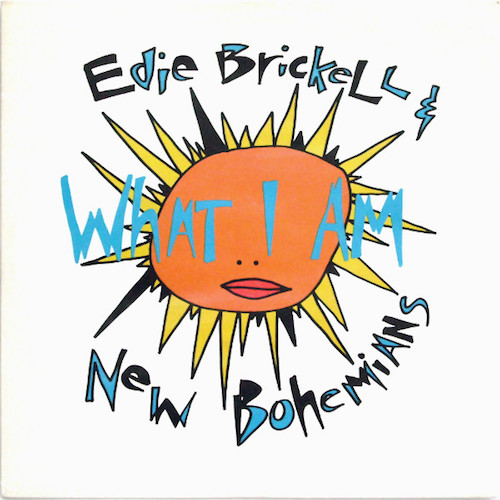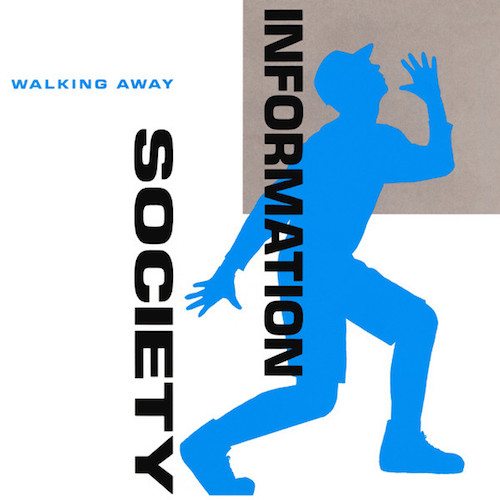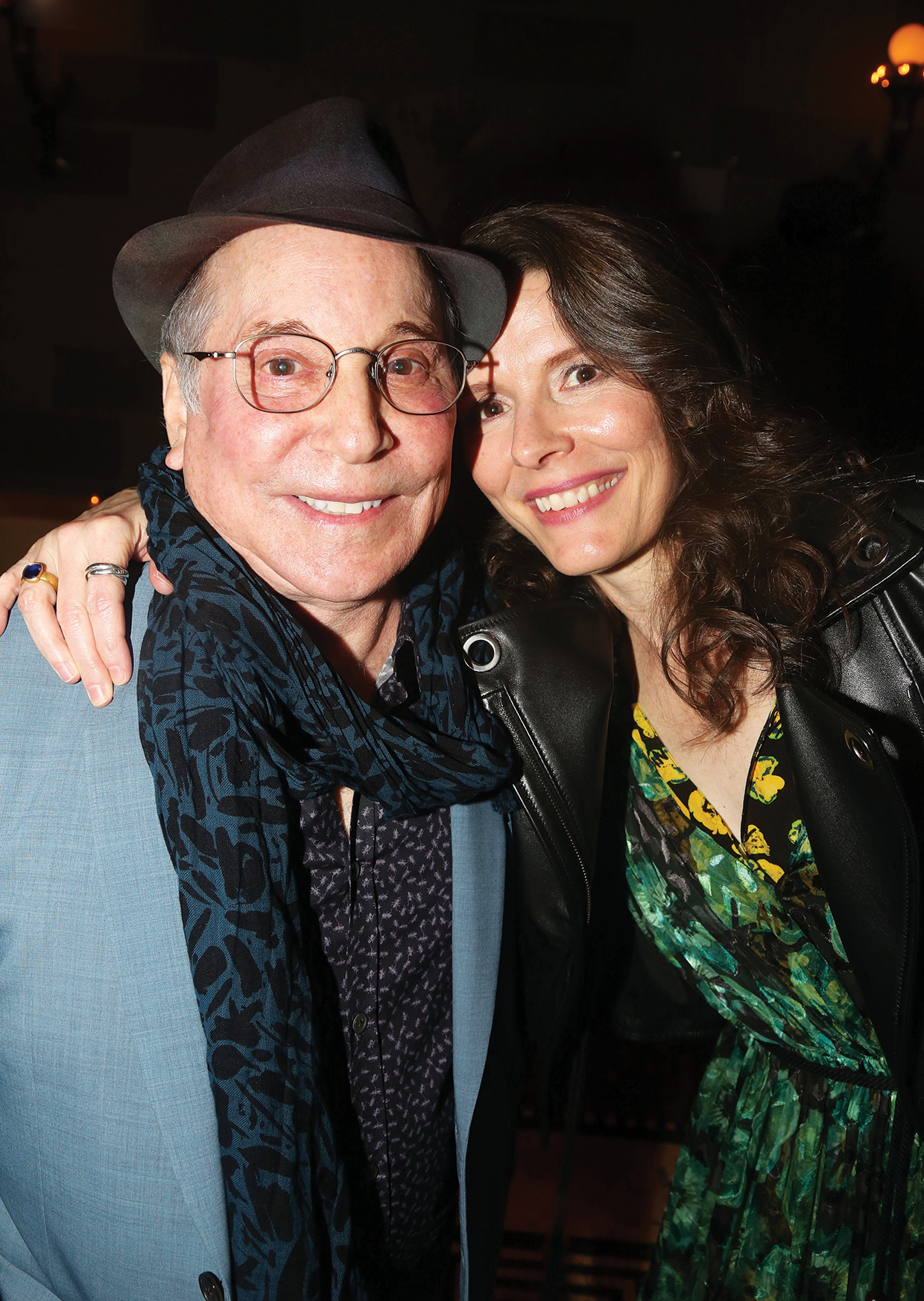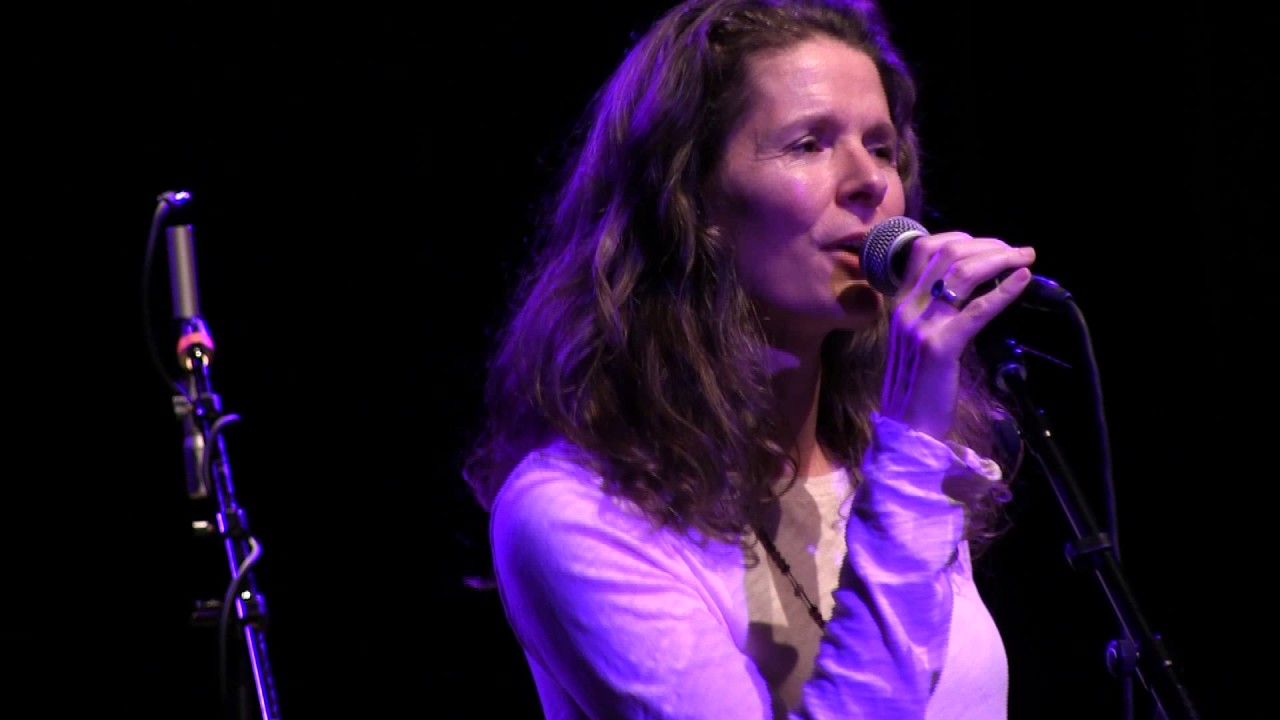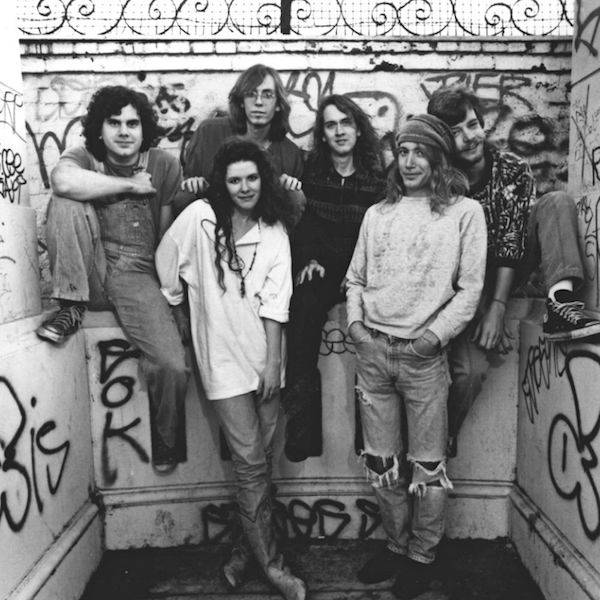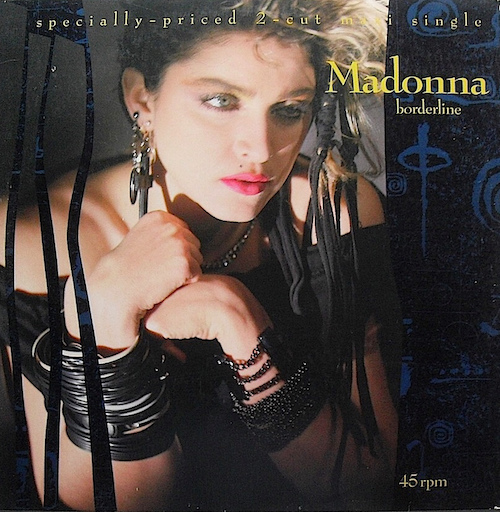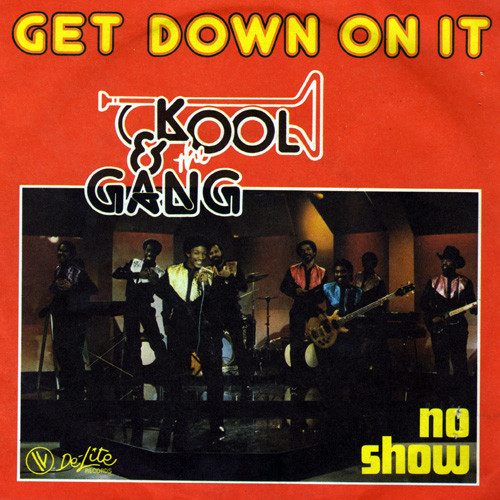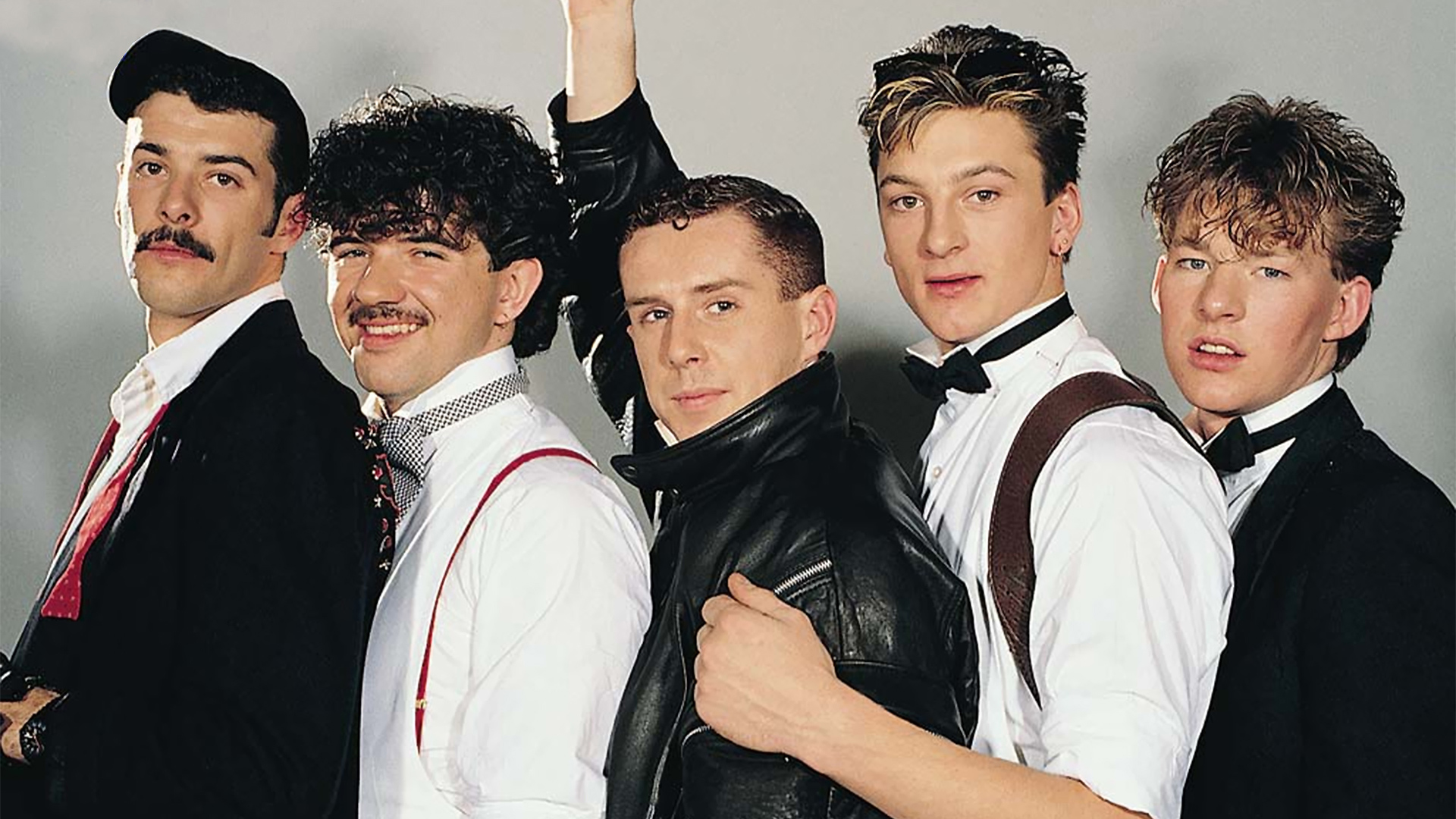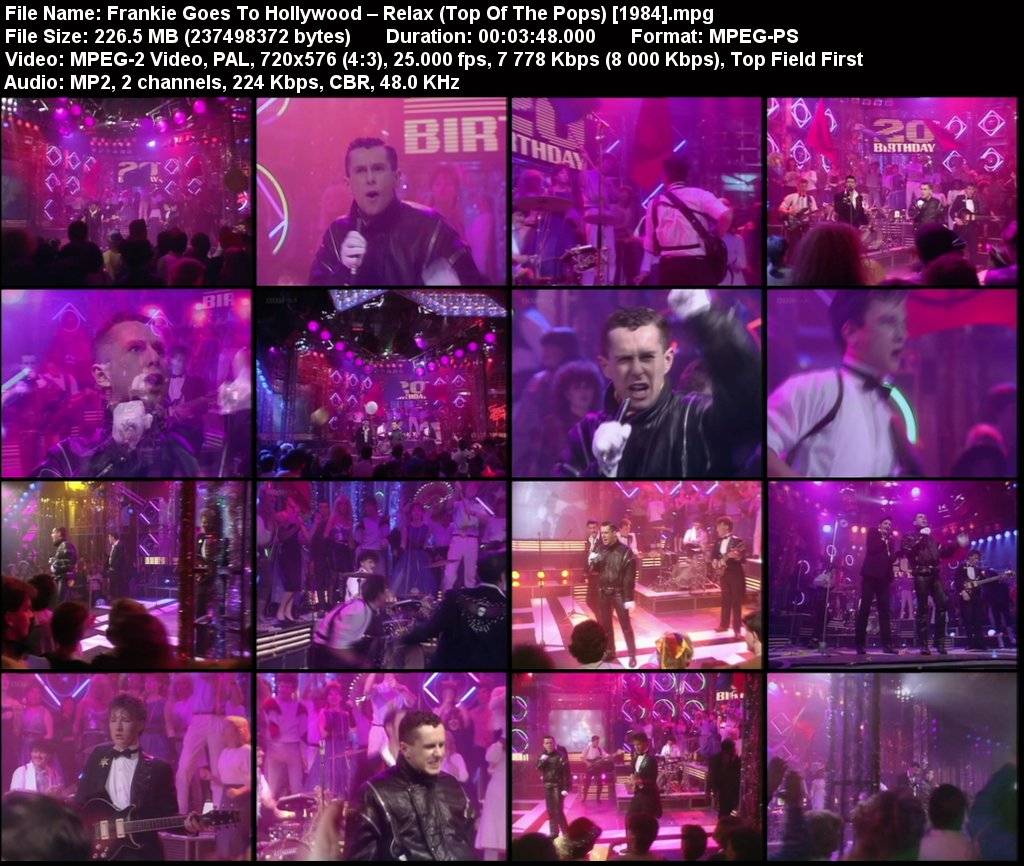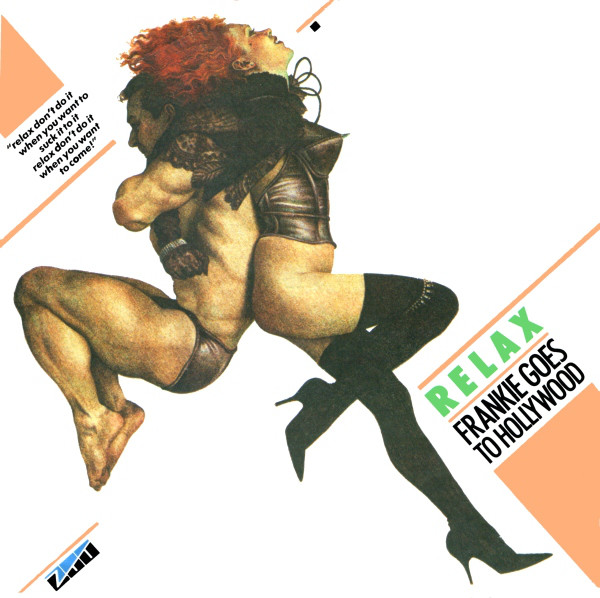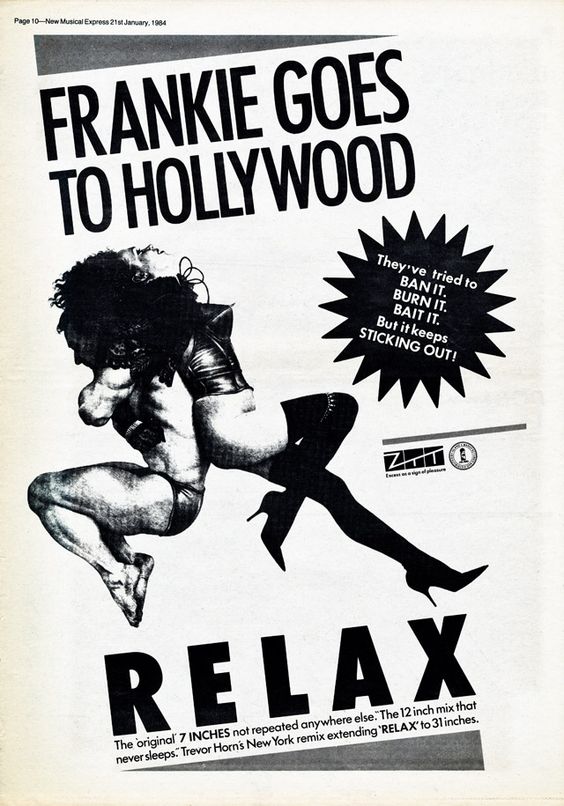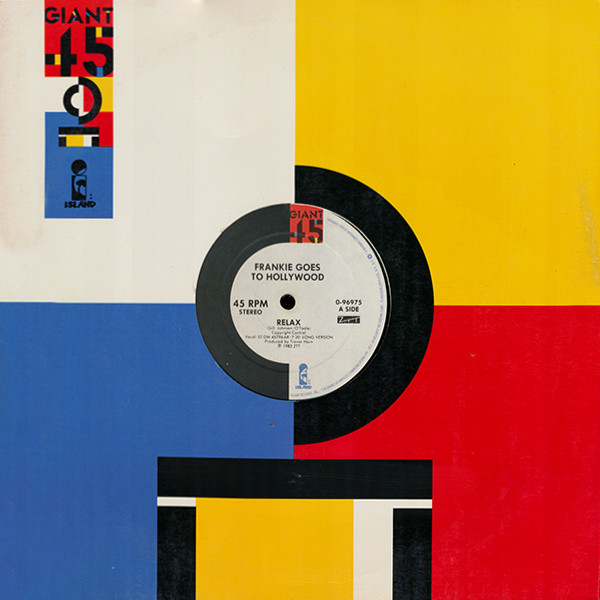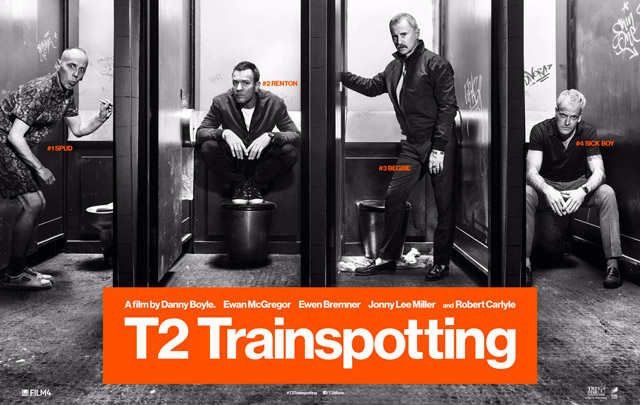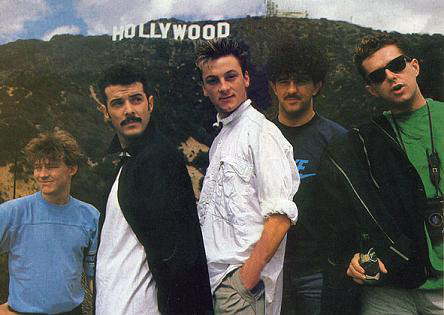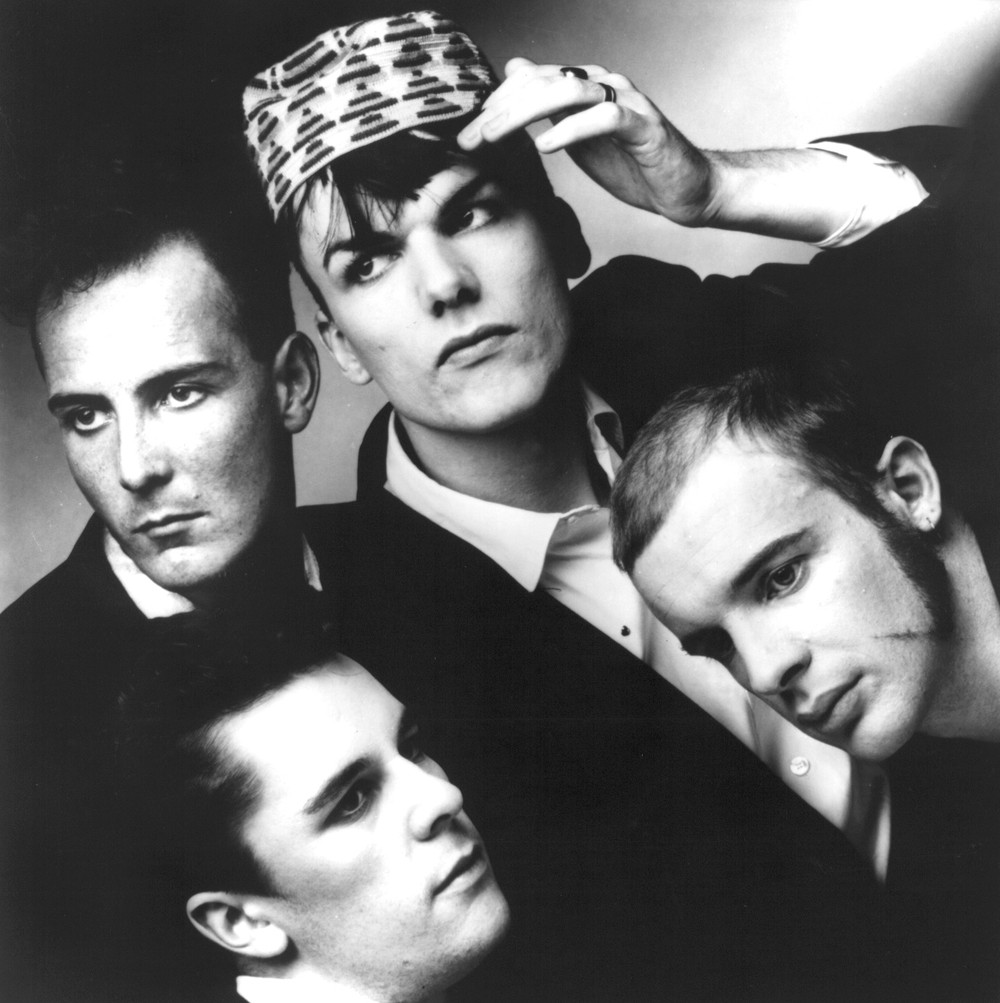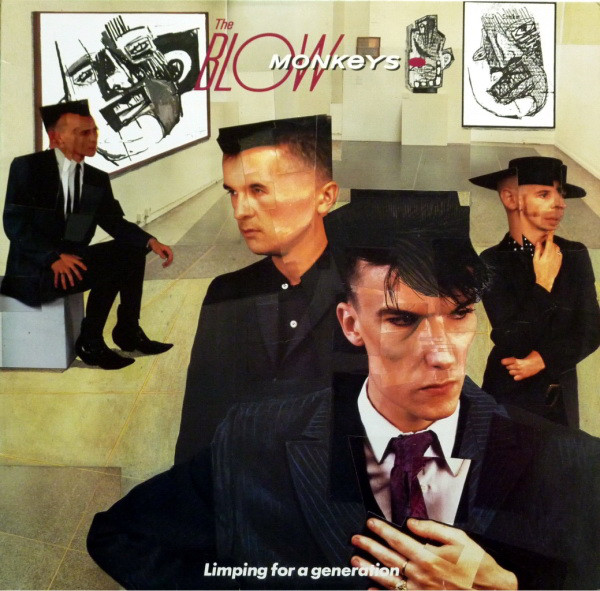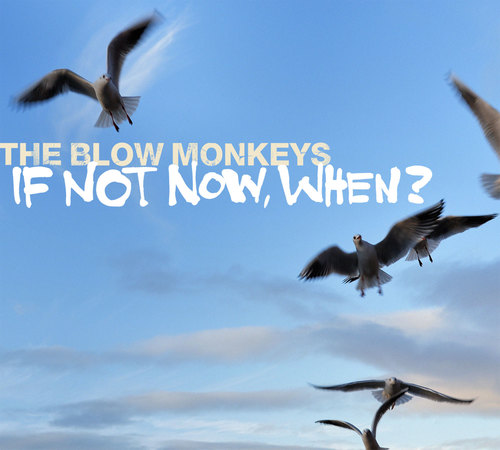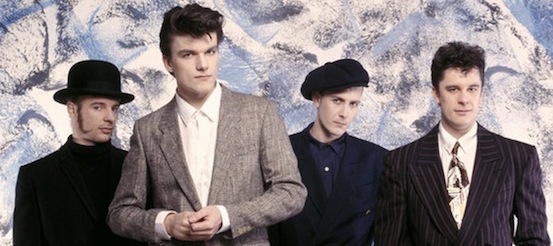For December 31, 2020, Maryhope, my partner in radio and my partner in love, and I remotely recorded some radio shows for WMPG-FM Community Radio out of Portland, Maine and WMPG.org. Maryhope and I covered several shows at WMPG for New Year’s Eve a few years before (when it was on a Sunday night) in an eight-and-a-half hour marathon show to ring in the new year. We had a blast, until the DJ with the first show of the New Year (the one who would replace us after our special New Year’s broadcast) overslept, because he thought, since it was a holiday, he didn’t have to go in (cue the eye roll). Other than that, we had a an incredible time ringing in the New Year in the place we had first met many years before, and we certainly do make some amazing radio together!
In thinking about our fun time with that New Year’s Eve at WMPG, Maryhope had the excellent idea of ringing in 2021 at WMPG too! But, when Covid-19 hit in March 2020, WMPG has been broadcasting remotely ever since. First, they were airing recently-archived shows (WMPG keeps archives of their shows for five weeks on WMPG.org), and then just about everyone started recording shows remotely from home. That’s when Maryhope and I joined in, submitting shows to air whenever there was an open spot in the schedule.
Maryhope started airing her wonderful new badass retro show, PURPLE MONKEY DISHWASHER, eventually getting her old slot back, 9:00 – 11:00pm on Sundays, with me contributing a STUCK IN THE 80s spotlight!! You can find the archives of her past five shows at wmpg.org/show/sun2100/. And I resurrected our old radio show, STUCK IN THE 80s, for some new shows and rebroadcast some old ones as well. It was a lot of fun bringing the show back after a few years!
But, when Maryhope mentioned doing some shows for WMPG to air on New Year’s Eve 2020 and early New Year’s Day 2021 (she recorded somewhere in the vicinity of four shows, and I did a couple), at the time, I didn’t realize I would be writing about one of the shows I did a few months later.
The show I’m referring to was a fill-in show for the WMPG Station Manager, Jim Rand, and his longtime Thursday afternoon Punk show, LAND OF THE LOST. But, in my 25 years at WMPG, I learned a long time ago, that if you’re subbing for a show, you don’t always have to play what is normally played on that particular show. Those hosts “encourage” you to play what they normally play, but it’s not usually required.
My show that New Year’s Eve afternoon (from 3:00 – 5:00pm Eastern time) was called 1979. That’s it; that’s the title. It was the year I fell in love with music, and I wanted to highlight that. I lovingly put together two hours of kickass music in a multitude of genres that included no less than Rock, Punk, Disco, Soul, Alternative (before it was called that), Rap, Country, New Wave, Ska….and Pop Muzik, which was also the song I started the show off with, by Robin Scott (better known as M, and one of my all-time favorite songs).
That first set of my 1979 show was admittedly one of THE BEST sets I have ever done in the 36 years I’ve been a DJ. After “Pop Muzik,” I played “Dance This Mess Around” by The B-52’s, “Grinding Halt” by The Cure, “Do The Dog” by The Specials, Madness and “One Step Beyond…,” plus “Tears Of A Clown” by my friend, Dave Wakeling, and The English Beat, and “Train In Vain” by The Clash.
In total, I played 30 full songs, a playlist that included songs from Blondie, Led Zeppelin, The Ramones, the Electric Light Orchestra, the Buzzcocks, Fleetwood Mac, The Jacksons, Nick Lowe, Sister Sledge and David Bowie. I also played part of “Rapper’s Delight” by The Sugarhill Gang, in a special mix I put together with “Good Times” by Chic, and I played a comedy bit from Robin Williams’ brilliant 1979 comedy album, REALITY…WHAT A CONCEPT.
I was pretty proud of the show. I still am. Maryhope loved it too, and I even got a piece of fan mail from a WMPG listener about my 1979 program, less than an hour into the show, with the email subject line to WMPG titled, “Today’s fabulous selection from 1979!”
The email read, “Today doing laundry and plugged in my old boombox! I searched for a station, WMPG, came in crystal clear!! What a fabulous selection of ’79 music!! The English Beat, the Clash, Blondie, and the Ramones, to name a few! I am mighty impressed with your choices today!! I grew up listening and have a few of the above artists’ albums!! Thank you for going back in time…”
Well, not long after the start of 2021, Maryhope and I were still talking about that show. I think I told her that I could do a 1979 show for a year. And, I believe she said something along the lines of, “Well, why don’t you?” I hadn’t planned on doing another show, to be honest, and was going to just submit the occasional STUCK IN THE 80s until Covid was finally behind us, and everything was back to the old normal. Or maybe I thought I didn’t have time to work on a weekly show. Of course, Maryhope was right. She also reminded me, much to my surprise, that I had been talking about doing a 1979 show for years.
So, with a request to see if there were any open slots on the WMPG schedule right now, I sent an email to Jessica Lockhart, the Program Director for WMPG, who has been with the station longer than I’ve been with the station, and who has been doing some absolutely incredible work scheduling all of these remote radio shows from everyone, and helping to keep WMPG on the air all this time.
There was an open slot from Saturday nights 11:00pm to 1:00am Sunday mornings, and I snagged it right away. I slightly reworked my New Year’s Eve show, and on January 23, 2021, WMPG aired the first installment of my new radio show, 1979 – THIS AIN’T JUST DISCO.
“This Ain’t Just Disco” is paraphrased, of course, in a line from “Life During Wartime,” a Talking Heads song from their 1979 album, FEAR OF MUSIC (“This ain’t no party / this ain’t no disco…”). And, “This Ain’t Just Disco” fits perfectly because Disco was EVERYWHERE in 1979. You couldn’t escape it. Even non-Disco artists like Rod Stewart, Wings and Kiss had big Disco hits in 1979. And Blondie’s “Heart Of Glass” united Punk and Disco fans alike. No easy trick.
And the more I thought about subsequent 1979 shows, I thought of a tagline that is 1979% accurate: “Songs from the year I fell in love with music, and songs from 1979 I fell in love with later on.” And, for two hours every week, it’s a fun combination of songs that wouldn’t normally go together in (almost) any radio playlist. Six shows in, I didn’t repeat a single artist (except a medley of “Hot Stuff” and “Bad Girls” by Donna Summer in the debut show). Seven shows in, I hadn’t repeated a single song. That’s not so bad! AND, as an added bonus, like I’m doing for Maryhope’s show, she is doing a PURPLE MONKEY DISHWASHER 70s spotlight for each of my shows! Pretty damn bleeping cool!!!
For Show No. 7, which aired at a special time Sunday, March 7th into International Women’s Day, March 8, 2021 (and was rebroadcasted in my normal Saturday night slot on March 13, 2021), I celebrated International Women’s Day 2021 with a show featuring all female artists. One of those artists is the aforementioned late, great Donna Summer, from Boston, MA. Donna Summer was not only the “Queen of Disco,” she was the Queen of 1979. Donna Summer RULED 1979.
On the first BILLBOARD Hot 100 chart of 1979, she was still in the Top 40 with her No. 1 cover of “MacArthur Park,” and two weeks later, she was back in the Top 40 with “Heaven Knows,” which peaked at No. 4. She was only out of the Top 40 for one week in 1979.
The No. 1 songs “Hot Stuff” and “Bad Girls” followed in the Summer of 1979, plus “Dim All The Lights” (also from the No. 1 BAD GIRLS album) reached No. 2 in November, and her duet with Barbra Streisand, “No More Tears (Enough Is Enough),” moved into No. 1 the following week, which was also the week her new single, “On The Radio” (and the title track of her greatest hits album) was released. And Donna Summer was STILL in the Top 10 of the BILLBOARD Hot 100 the last week of 1979! Phew! Holy cats!
“On The Radio” was played on my International Women’s Day show. It’s also one of my favorite “radio” songs, and before I proudly owned the double greatest hits album it’s named after, I proudly owned the single. The history is fuzzy on this, but ON THE RADIO: GREATEST HITS VOLUMES I & II may have actually been the first album I ever owned (though not the first album I ever bought with my own money — that was 1981’s GREATEST HITS by Queen).
The single for “On The Radio” debuted on the BILLBOARD Hot 100 in the first half of January 1980, and within two weeks, was already in the Top 40. Three weeks later, it was already in the Top 10, and headed for No. 1. Unfortunately, there was a lot of competition at the top of the chart in the early months of the new decade, and other songs had plans for No. 1, notably Queen’s “Crazy Little Thing Called Love” and Pink Floyd’s “Another Brick In The Wall (Part 2).” The best “On The Radio” could settle for is two weeks at No. 5 (for two weeks) in March 1980.
Still, “On The Radio” ended up as one of the biggest hits of 1980, and Donna Summer had another big year, reaching No. 3 with “The Wanderer,” the title song from her new album (and a new label for her, Donna was the first artist signed to the brand-new Geffen Records, founded by David Geffen, who had co-created Asylum Records back in 1971).
Donna Summer made four song appearances in the first seven shows of 1979 — THIS AIN’T JUST DISCO, and I KNOW she’ll make some more, especially with Show No. 10 (airing Saturday, April 3, 2021) devoted to the short-lived but popular labels Casablanca (Donna Summer’s first label), and RSO Records (responsible for the huge SATURDAY NIGHT FEVER and GREASE soundtracks).
I’m not how long the show will be on. Like I said, I could prolly do the show for a year, though, honestly, I’d happily give it up to bring WMPG back to its normal schedule, because that would mean that Covid-19 is behind us, which, after a year already, is already a year too long.
For now, though, I’m enjoying the show and putting together new shows every week! One of the best parts of doing this show is discovering new-to-me music that is 42 years old! Kickass. You can find the archives of the show at wmpg.org/show/sat2300/. And that is where you will find me, Maryhope’s PURPLE MONKEY DISHWASHER 70s SPOTLIGHT, and where you will find Donna Summer…“On The Radio.”






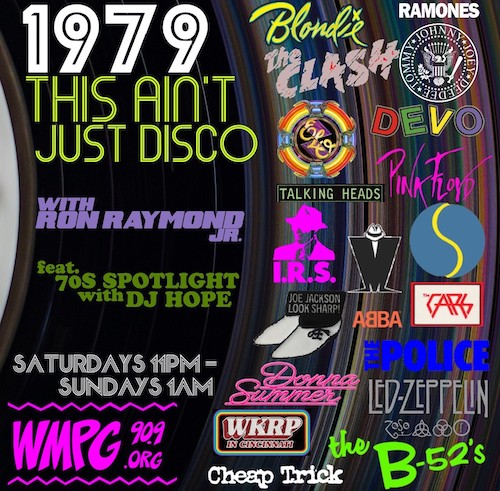





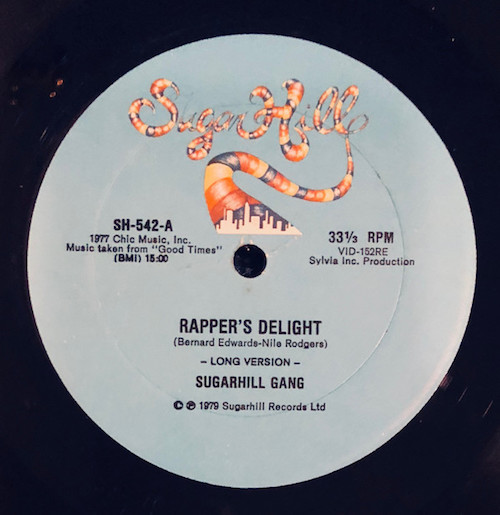
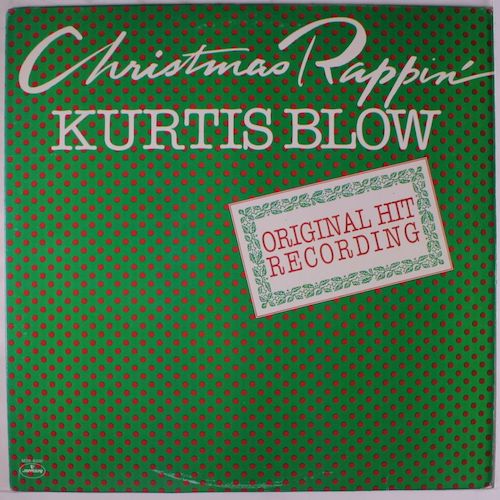

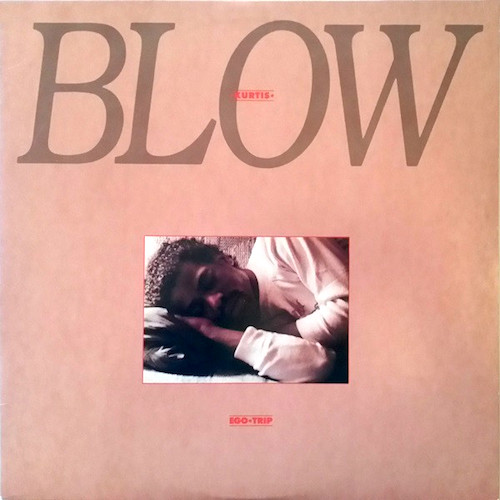


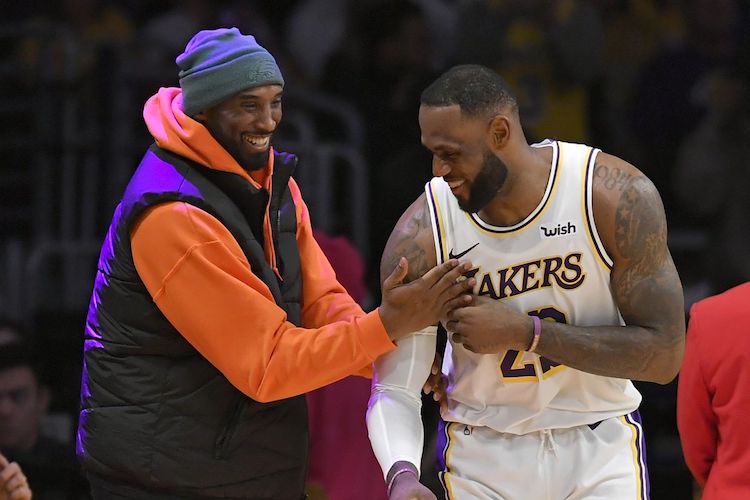
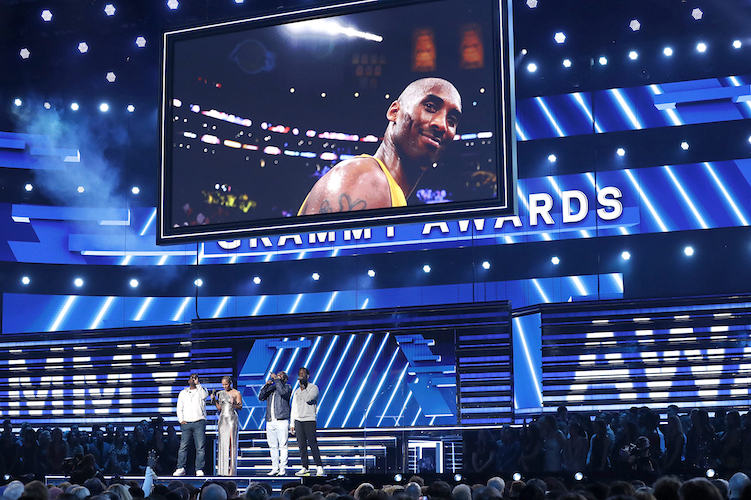


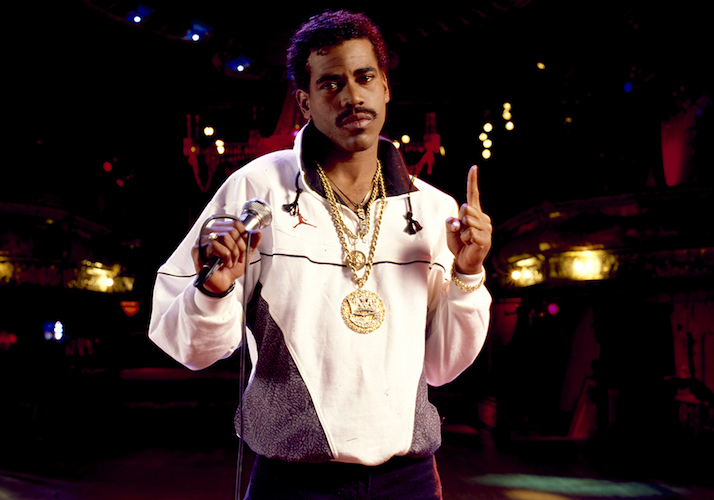
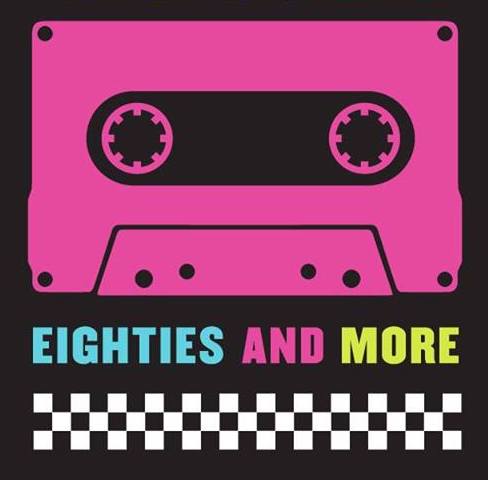

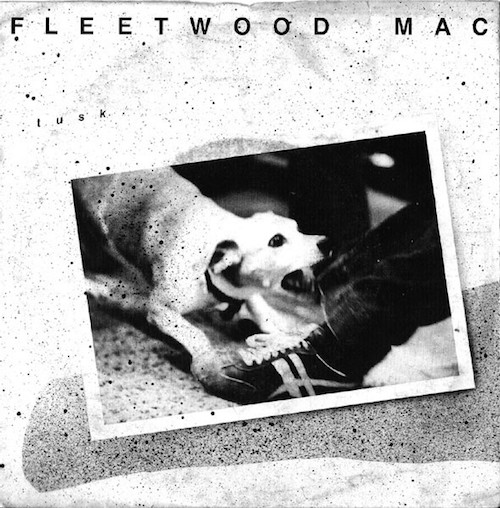
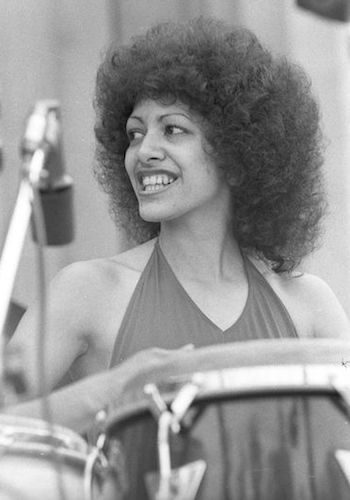
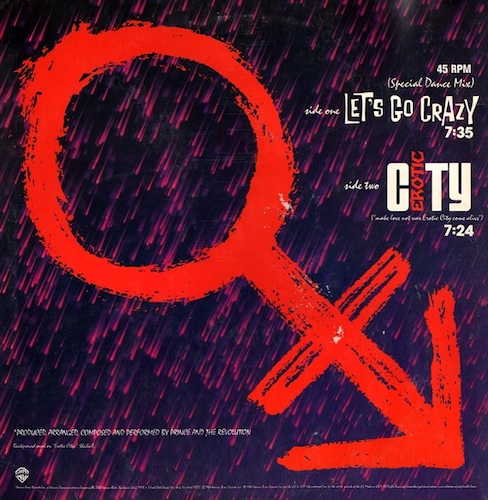

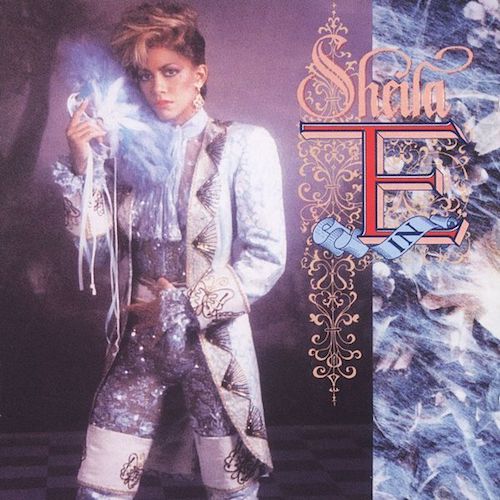

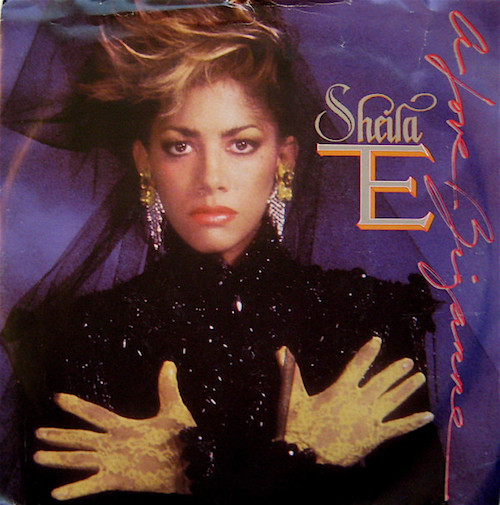
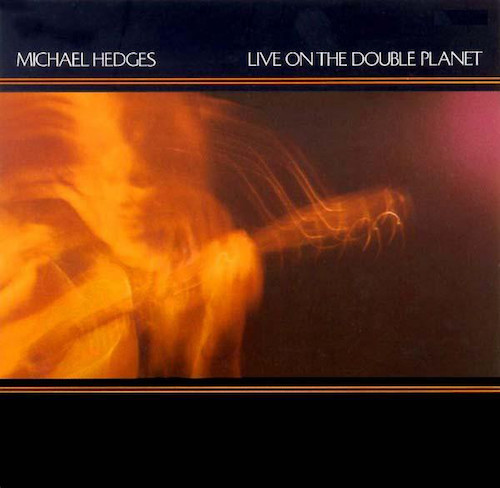
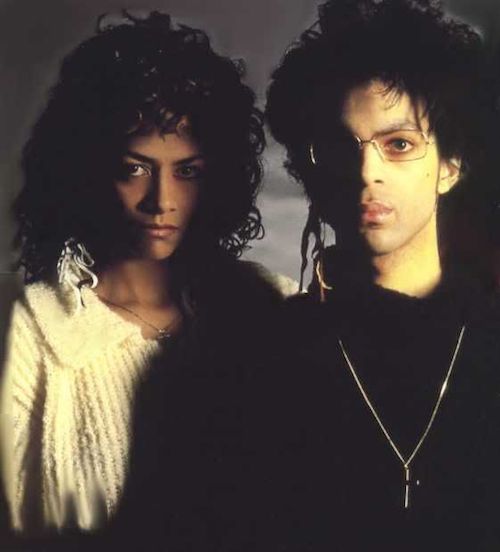


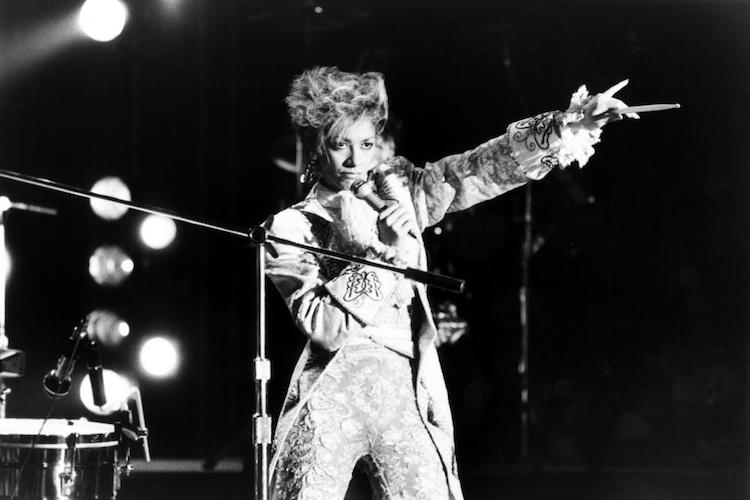
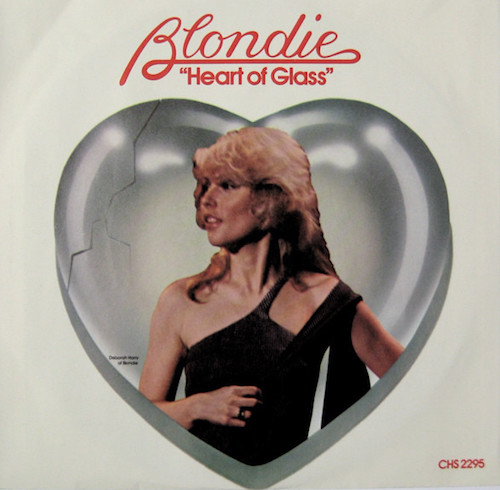
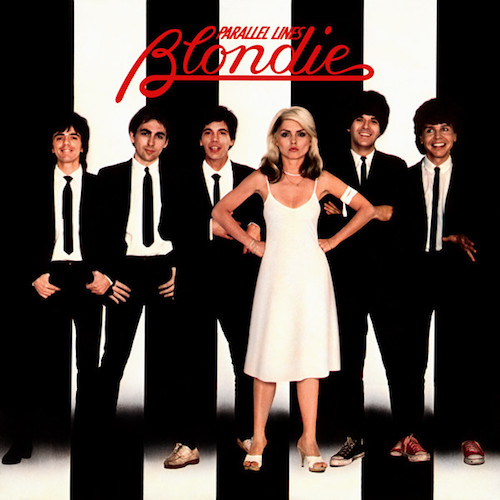
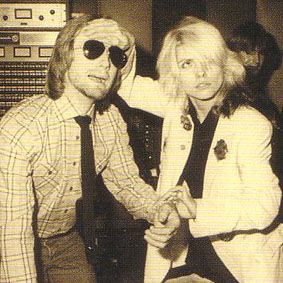

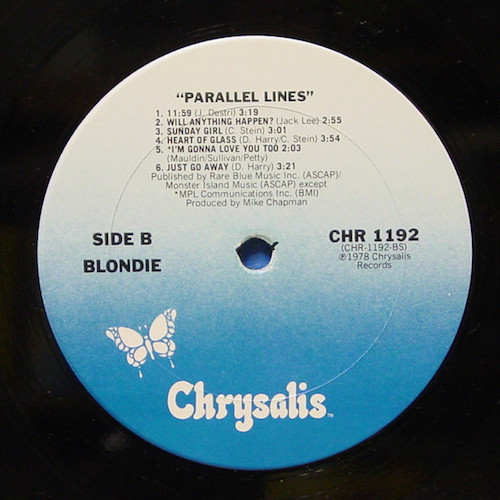
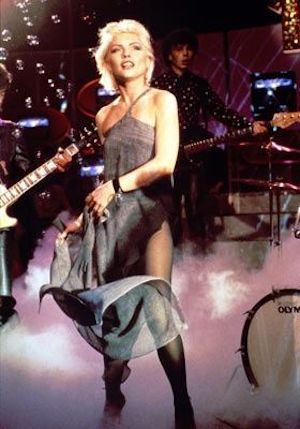
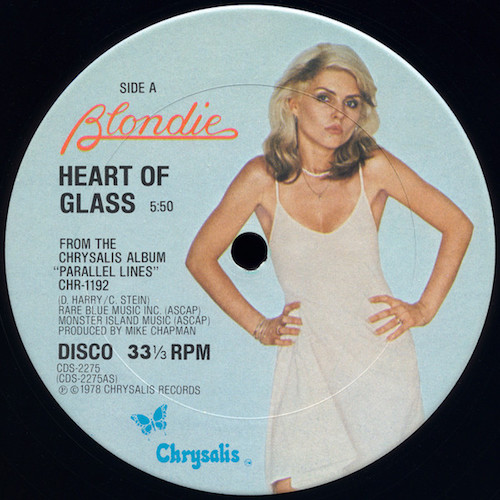
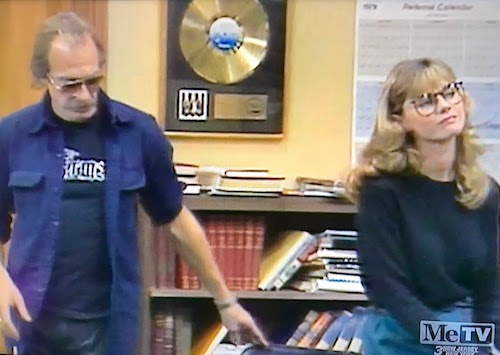
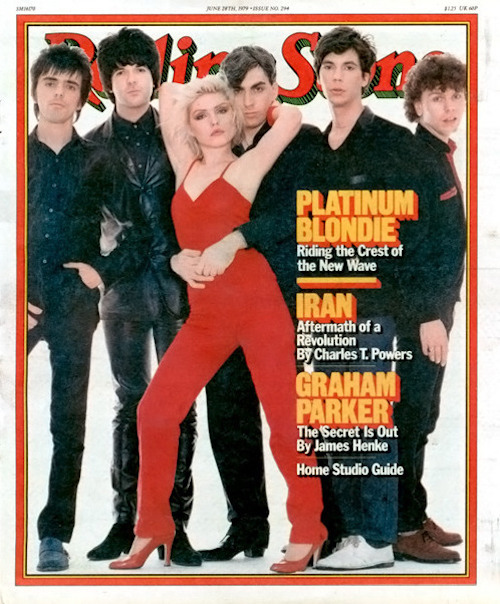
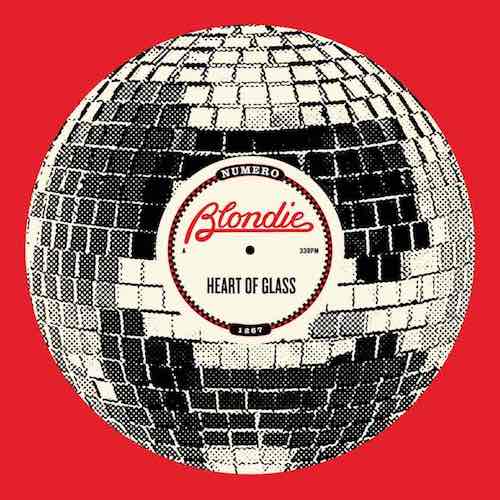
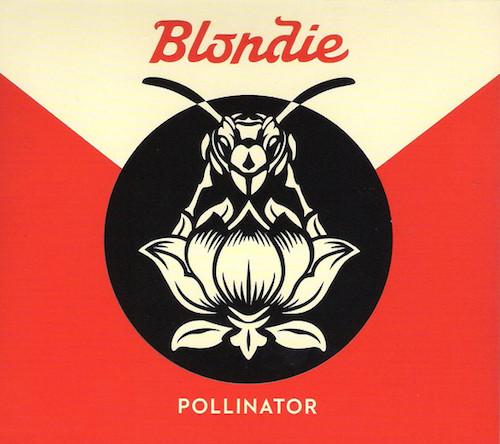

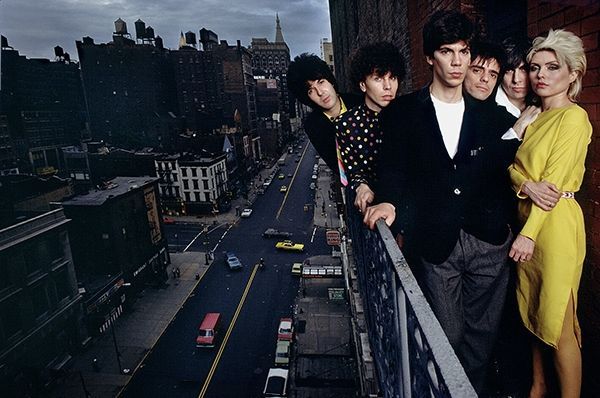
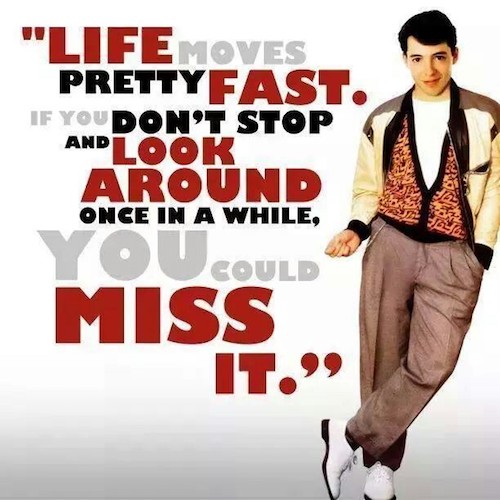

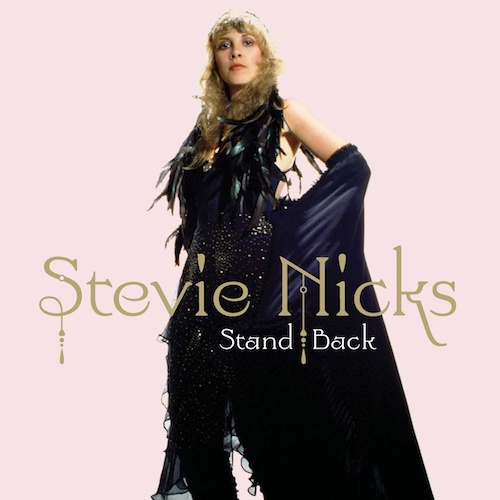

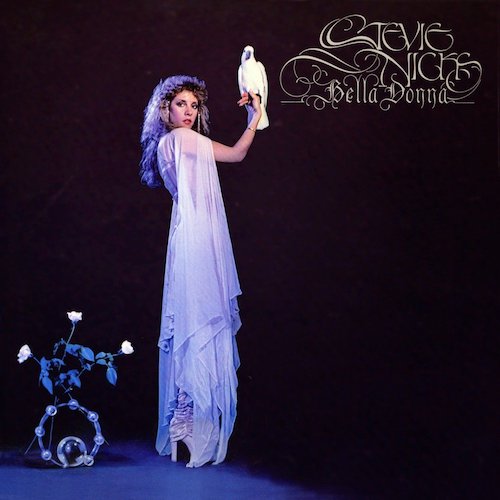
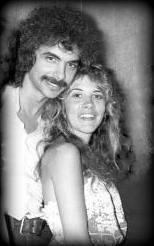
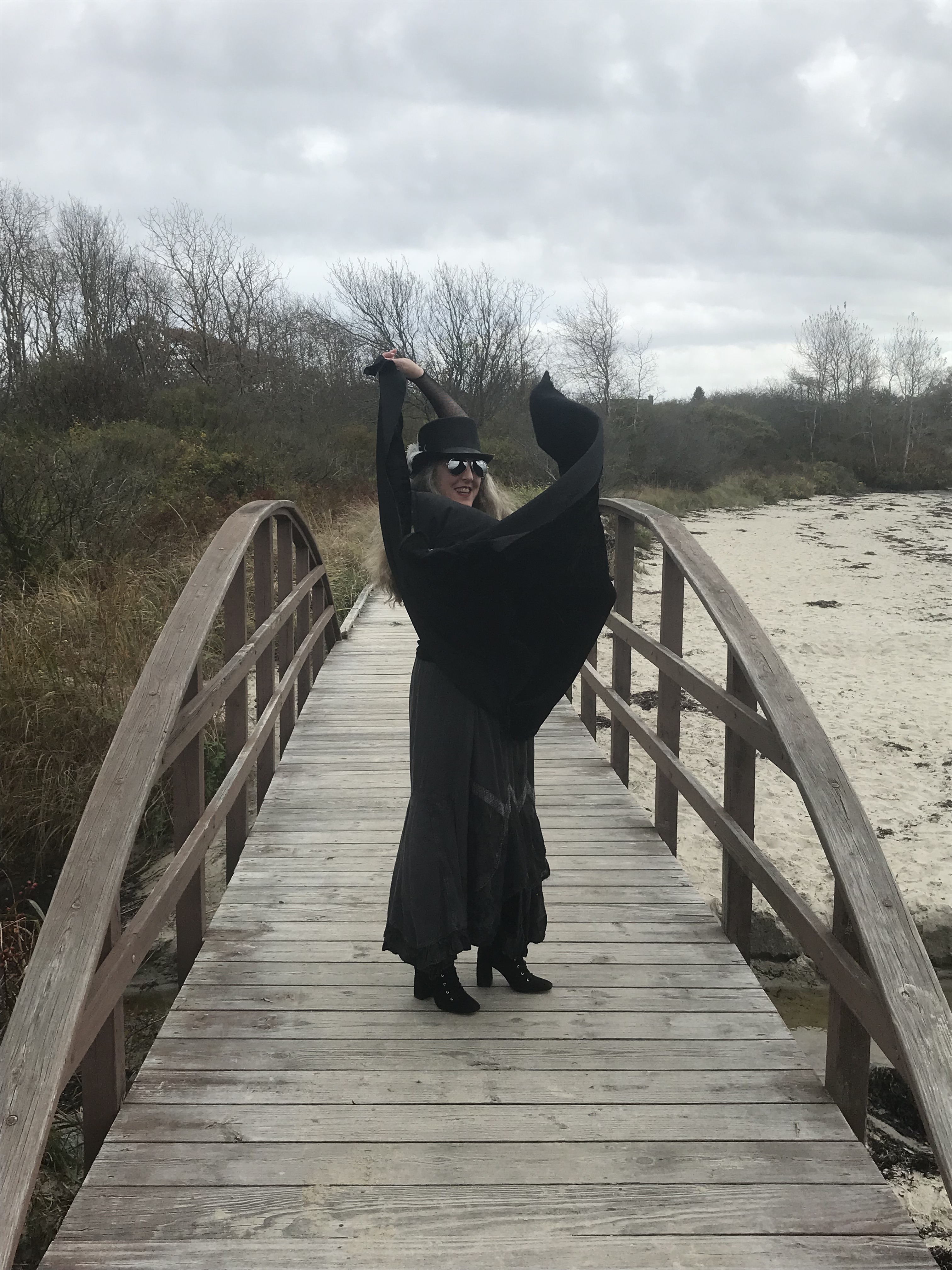
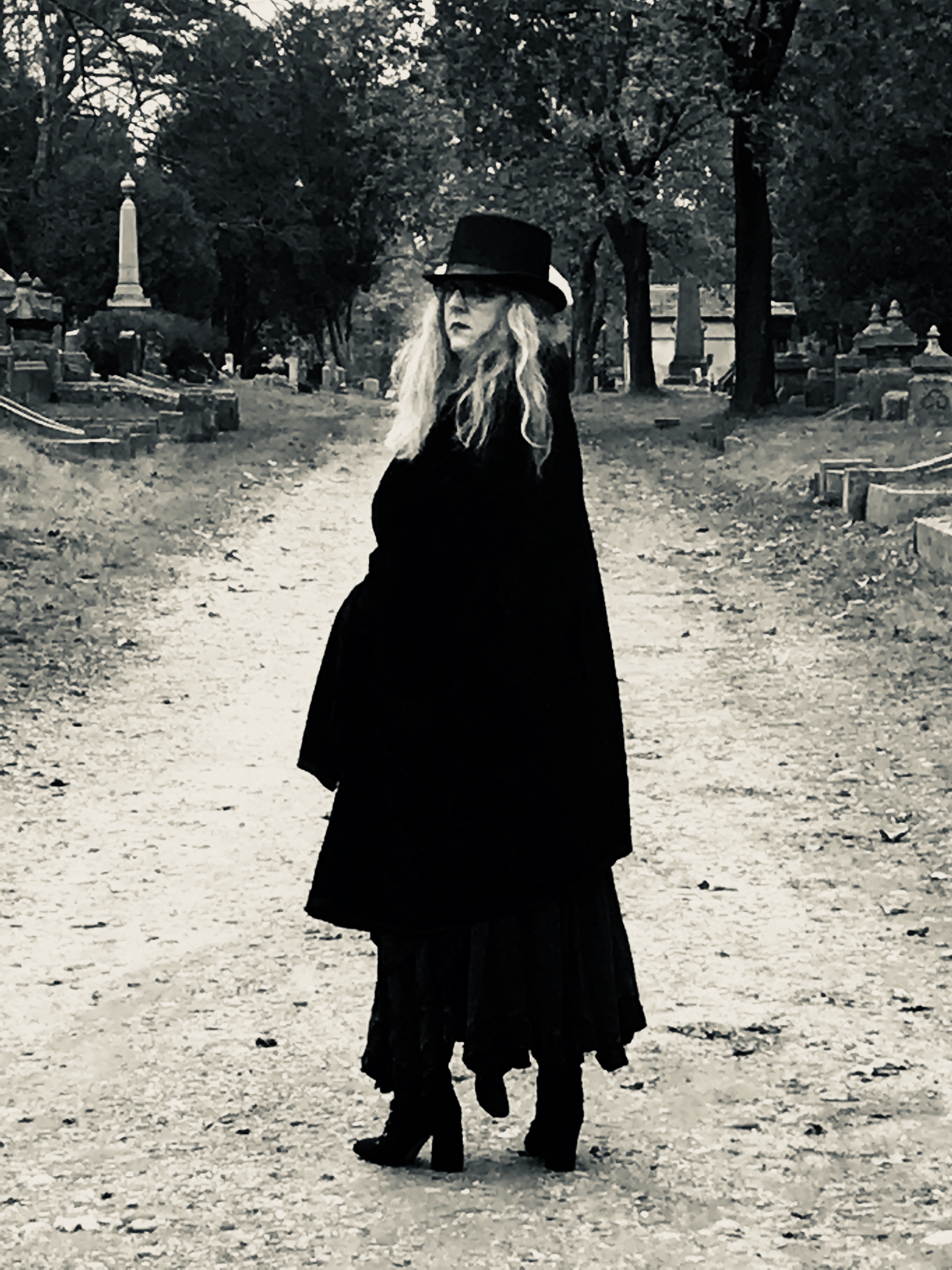
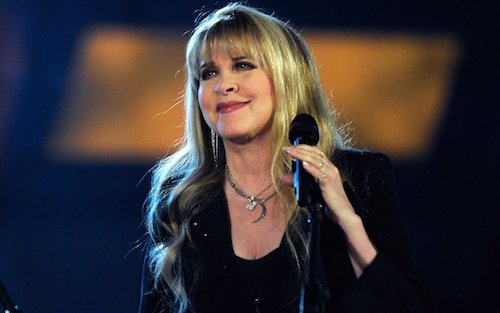
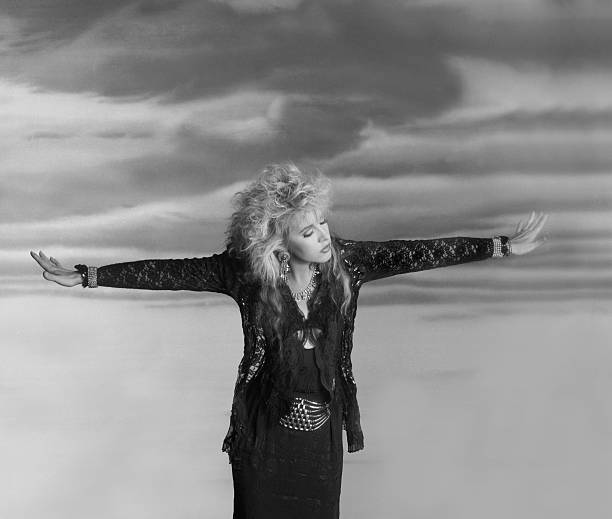
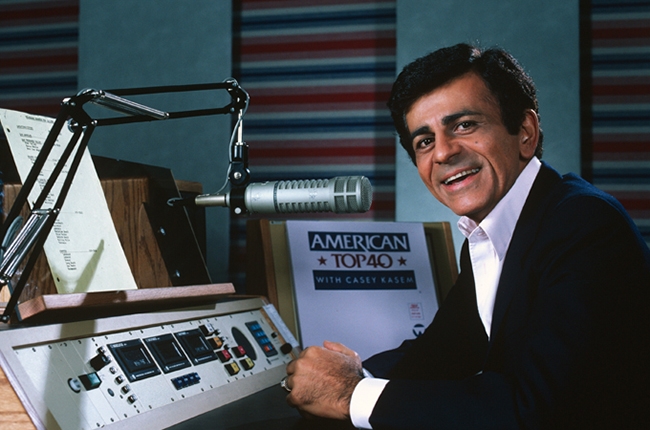
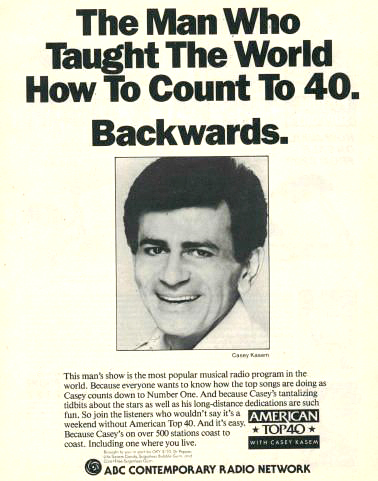
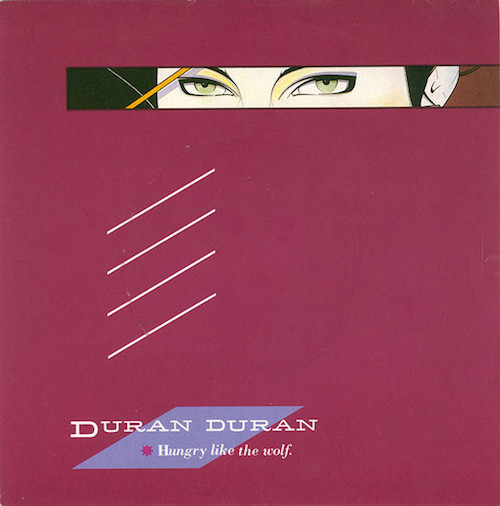
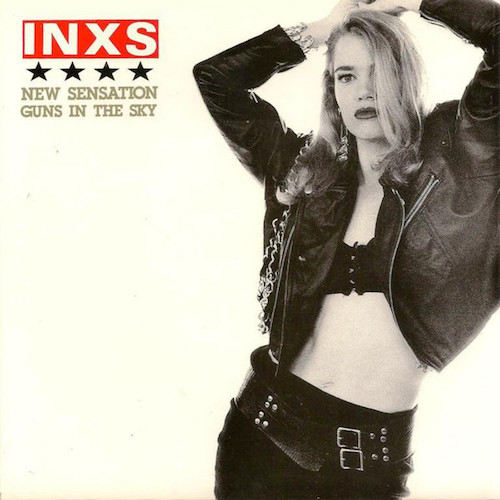
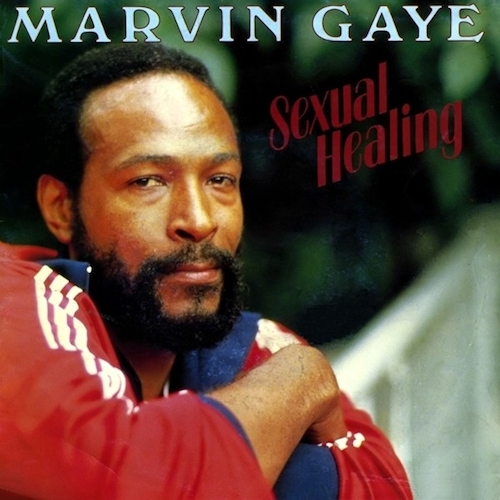
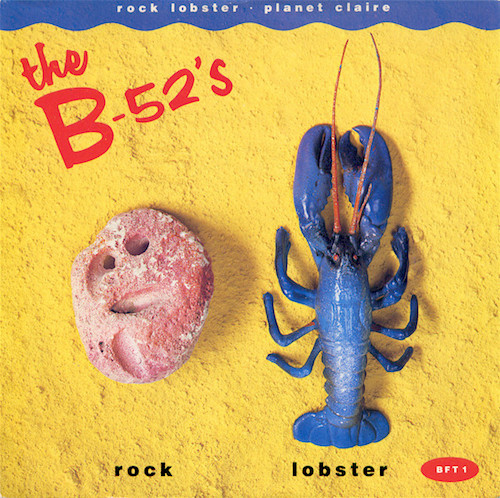
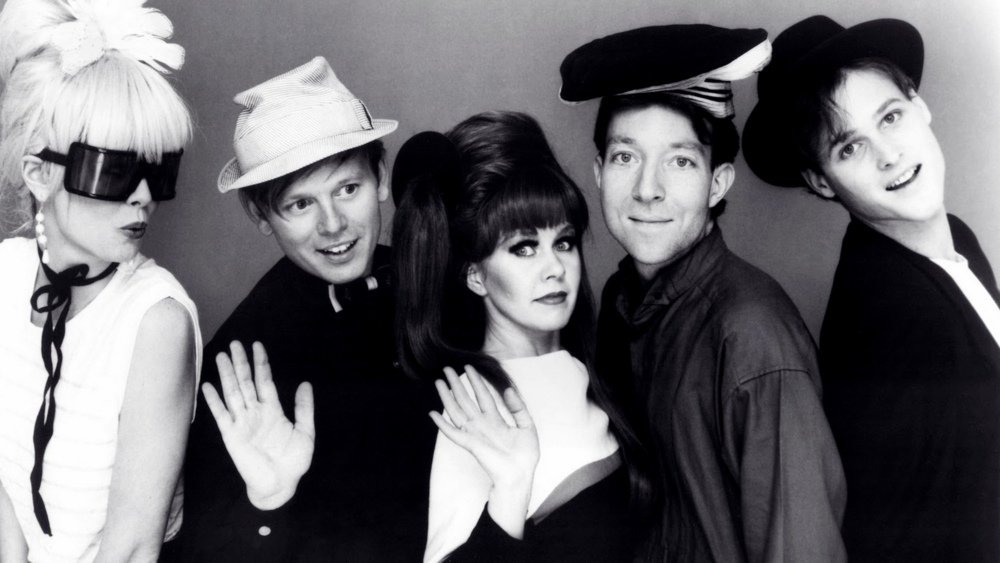

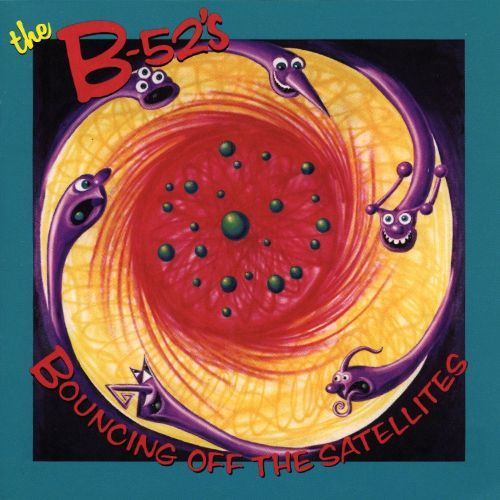


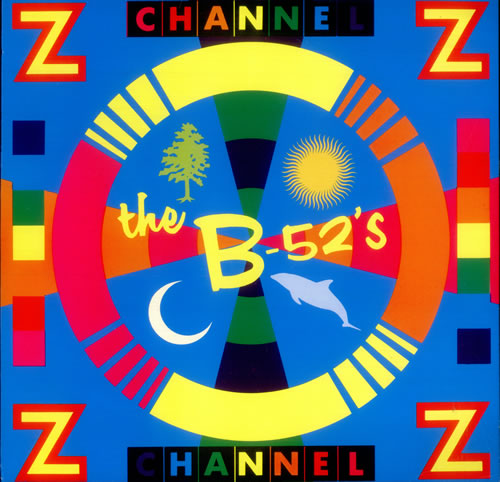

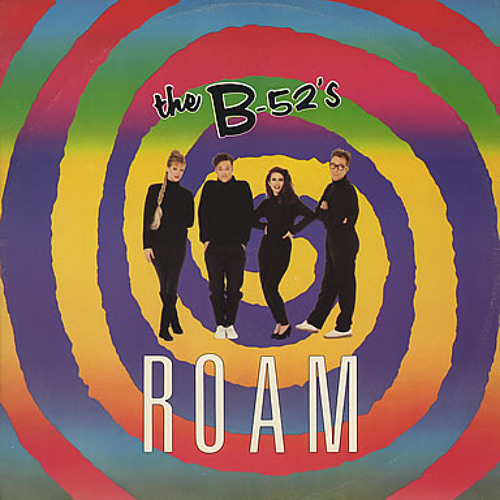
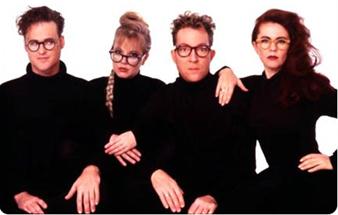 NERDY FUN FACT: “Love Shack” was produced by Don Was, and the inspiration for the song was this cabin around Athens, GA, which had a tin roof, and where the band conceived their first hit, “Rock Lobster.”
NERDY FUN FACT: “Love Shack” was produced by Don Was, and the inspiration for the song was this cabin around Athens, GA, which had a tin roof, and where the band conceived their first hit, “Rock Lobster.”